Studies of pollutants and modeling
A comprehensive study concerning air quality in a specified area is mainly composed by three different synergic stages:
1. In situ monitoring;
2. Analytical and modeling study;
3. Possible Recovery Plan.
Environmental monitoring systems represent the basic instrument for exploratory analysis of the actual state of the territory and for the control of pollution levels.
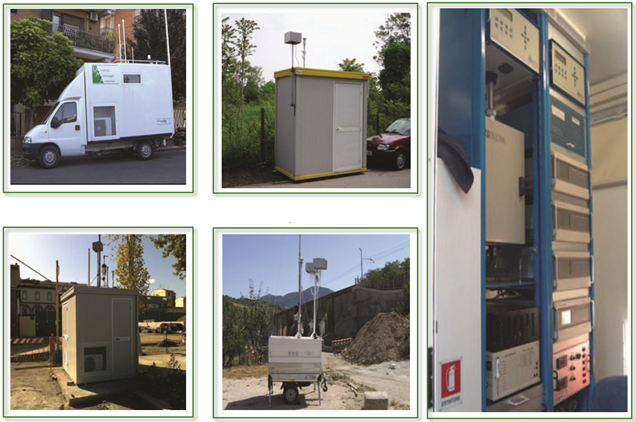
In this field, however, it is also essential to carry out analytical studies supported by the use of specific mathematical models, in order to fully evaluate the overall pollutant concentrations in the examined area and their diffusion and dilution caused by local meteorological phenomena.
At the end of the study, if needed, it is possible to determine Actions aimed at air quality Restoration to reduce pollutant concentrations below threshold limits.
These procedures define the principal phases of appropriate Air Pollution Recovery Plans.
System modeling plays a key role in order to obtain an adequate level of knowledge of pollution of territory and a good evaluation of its diffusion in neighbouring areas, both at micro and macro-scale level. It also provides information regarding the direct relation between emissions and concentrations, taking into account both the effects of dispersion and transport processes and the effects related to the phenomena of chemical transformation and removal.
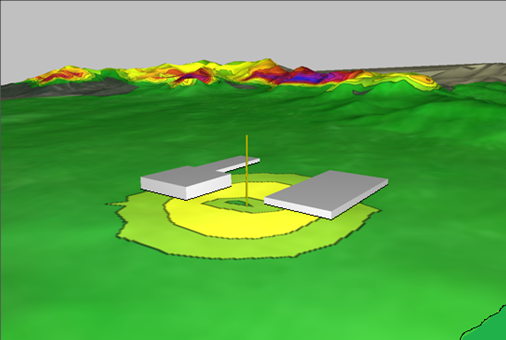
In particular, dispersion models are a necessary and useful tool for:
• obtaining concentration maps, even in areas where there are no measurement points, or extending the spatial reliability of measurements;
• getting information regarding the relation between air emissions and concentrations, taking into account the contributions of the different sources;
• assessing the impact of pollutants not completely evaluated by the monitoring system;
• generating ground concentration “maps” able to cover the entire monitored territory;
• predicting critical events;
• studying alternative emission scenarios showing important differences from classical reference models.
Simulation results are obviously characterized by a certain degree of uncertainty due to model composition (caused by the impossibility to give a perfect description of physical phenomena) and input data variability, in particular concerning emissions and meteorological parameters. Finally, a correct implementation of the model requires a strict comparison with on-site measured data thus allowing its verification and calibration.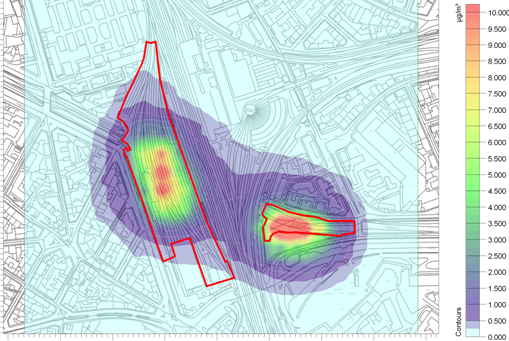
The purpose of Air Quality Studies is, therefore, to define in detail the levels of pollution in the specific area for various supposed scenarios and, for each one, to give qualitative and quantitative assessments of predicted pollutant concentrations.
Once defined the numerical values of overall concentrations, thanks to on-site data collection data integrated with the Air Quality Study defined by simulation modeling, it is possible to verify whether threshold values established by Regulations are exceeded or not.
On the basis of the acquired information, it is possible to evaluate the mitigation interventions which may be necessary to reduce the impact on air quality produced by the investigated human activities.
The set of required interventions is determined in a final document, called Air Pollution Recovery and Management Plan, drawn up to implement the restoration of the air quality in the territory.
Air Pollution Study is one of VDP core businesses: the Company can offer a complete range of services, starting from preliminary in situ investigations up to the definition of Air Pollution Recovery Plans.
In addition to the design and management of in situ monitoring, VDP carries out consultancy services on air quality issues such as:
• Air Pollution Studies regarding every kind of emission generated by human activity, drafted for the purpose of an EIA procedure;
• Drawing up of inventories of pollutant emissions;
• Study and application of mathematical simulation models involving pollutant diffusion and transmission in the atmosphere (available for every type of contamination source);
• Statistical elaborations of meteorological analyses and their implementation in industrial and urban areas;
• Studies concerning the diffusion of dust particles generated by construction activities and quarry operations;
• Preparation of isoconcentration maps regarding air pollutant spread;
• Regional zoning for air quality management;
• Transport planning studies aimed at air quality protection;
• Studies concerning interventions and measures for air contamination containment;
• Definition of air quality recovery plans and programs which specify the proper actions to be taken
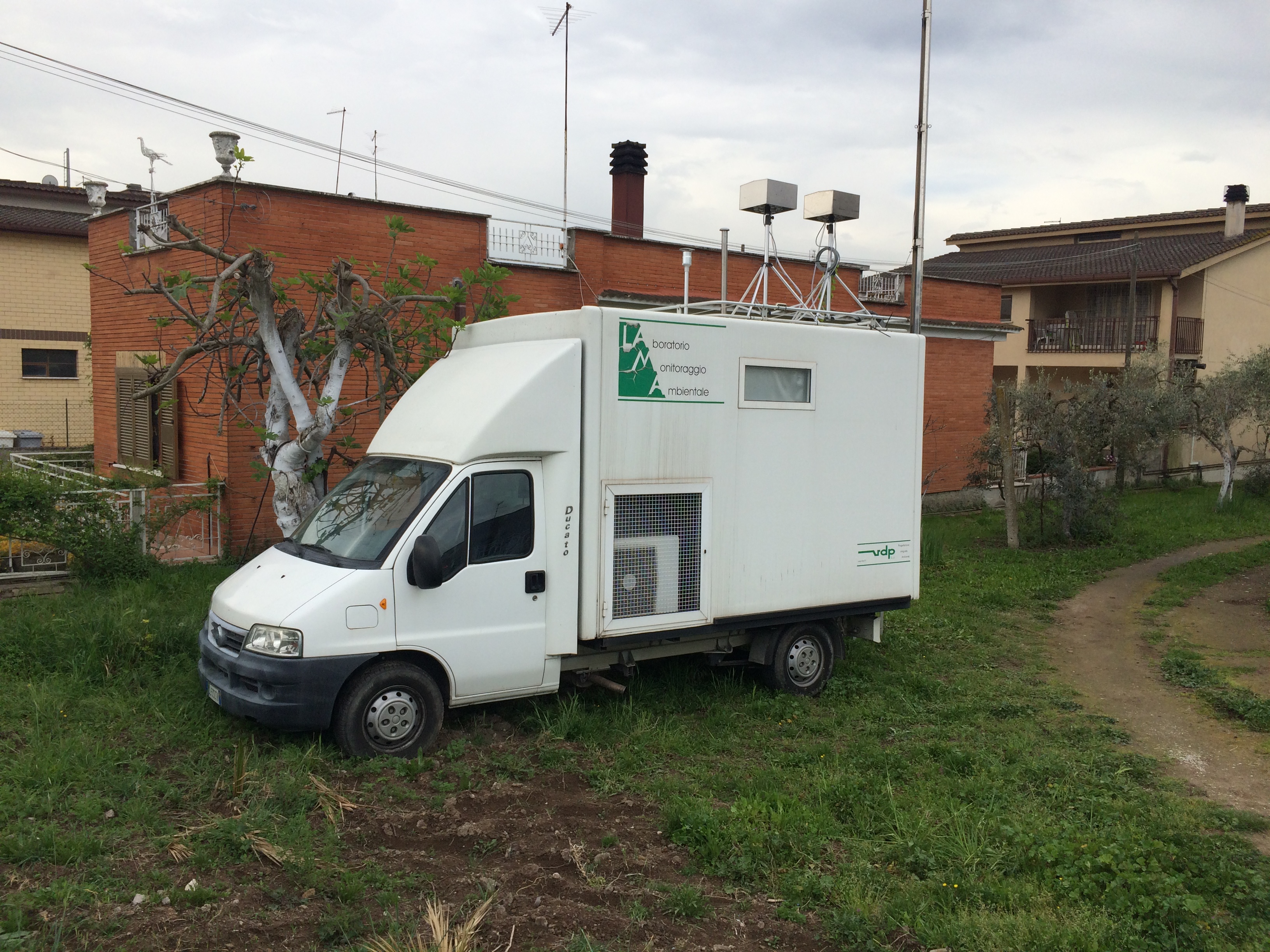
The great experience of VDP concerning pollution problems allows the Company to satisfy every Proponent request connected with the project requirements.
The principal purpose of an air pollution study is to identify the concentration levels that characterize the site, the main emission source and whether such pollutants could migrate as a result of local meteorological phenomena.
VDP is able to offer full competence regarding air quality issues, ranging from monitoring surveys and analysis to the development of an Air Pollution Recovery Plan.
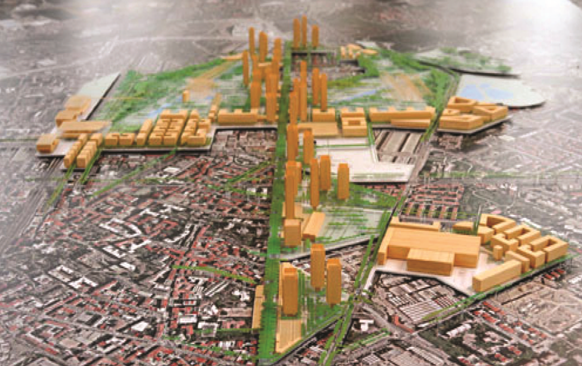
VDP goal is to set up all the necessary documentation the Proponent needs to obtain in order to get a complete and reliable analysis of the situation. VDP, thanks to its technical knowledge and especially to a noticeable procedural expertise acquired during many years of activity, can successfully reach these objectives.
-
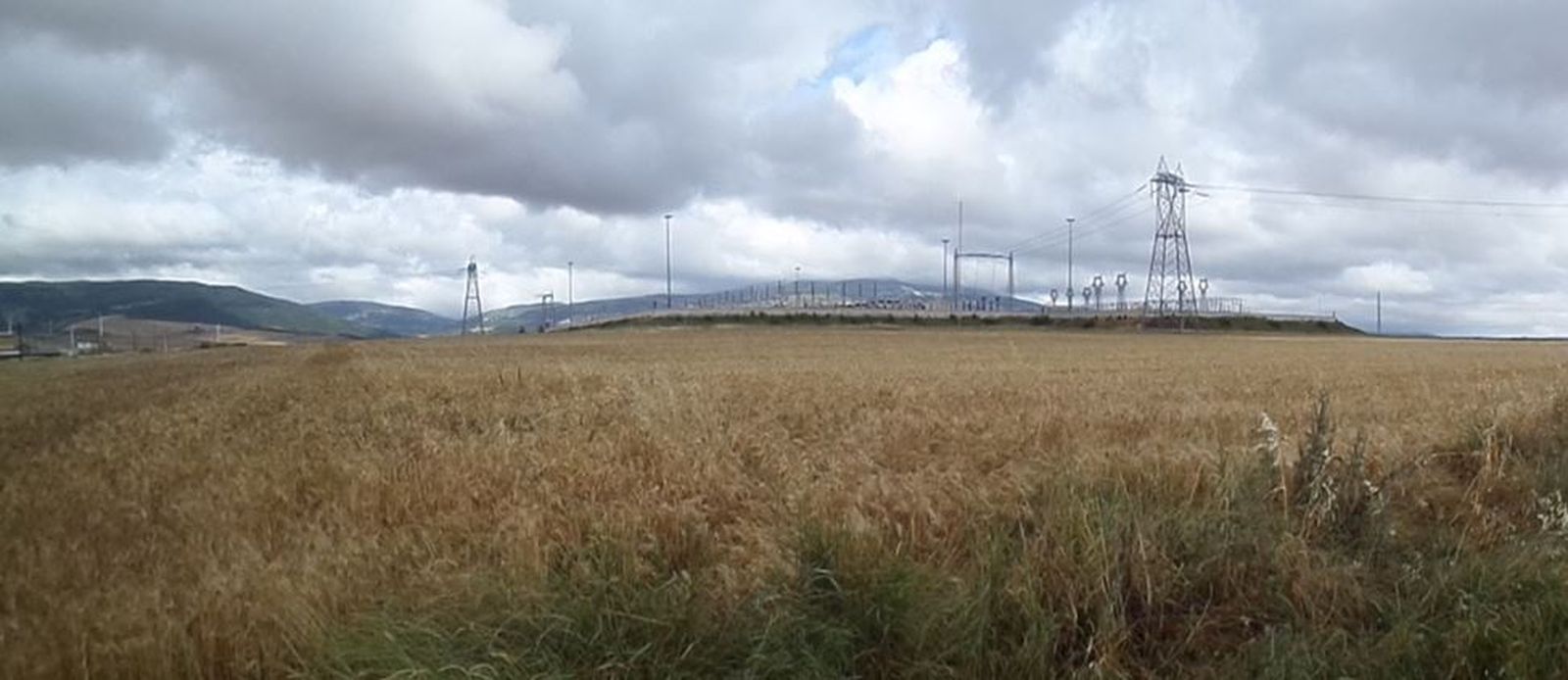 Overhead power line 150 kV “Troia – Celle San Vito” Puglia Region ItalySettore: Energy Infrastructures
Overhead power line 150 kV “Troia – Celle San Vito” Puglia Region ItalySettore: Energy Infrastructures -
 Highway A14 – Bologna BypassSettore: Roads & Highways
Highway A14 – Bologna BypassSettore: Roads & Highways -
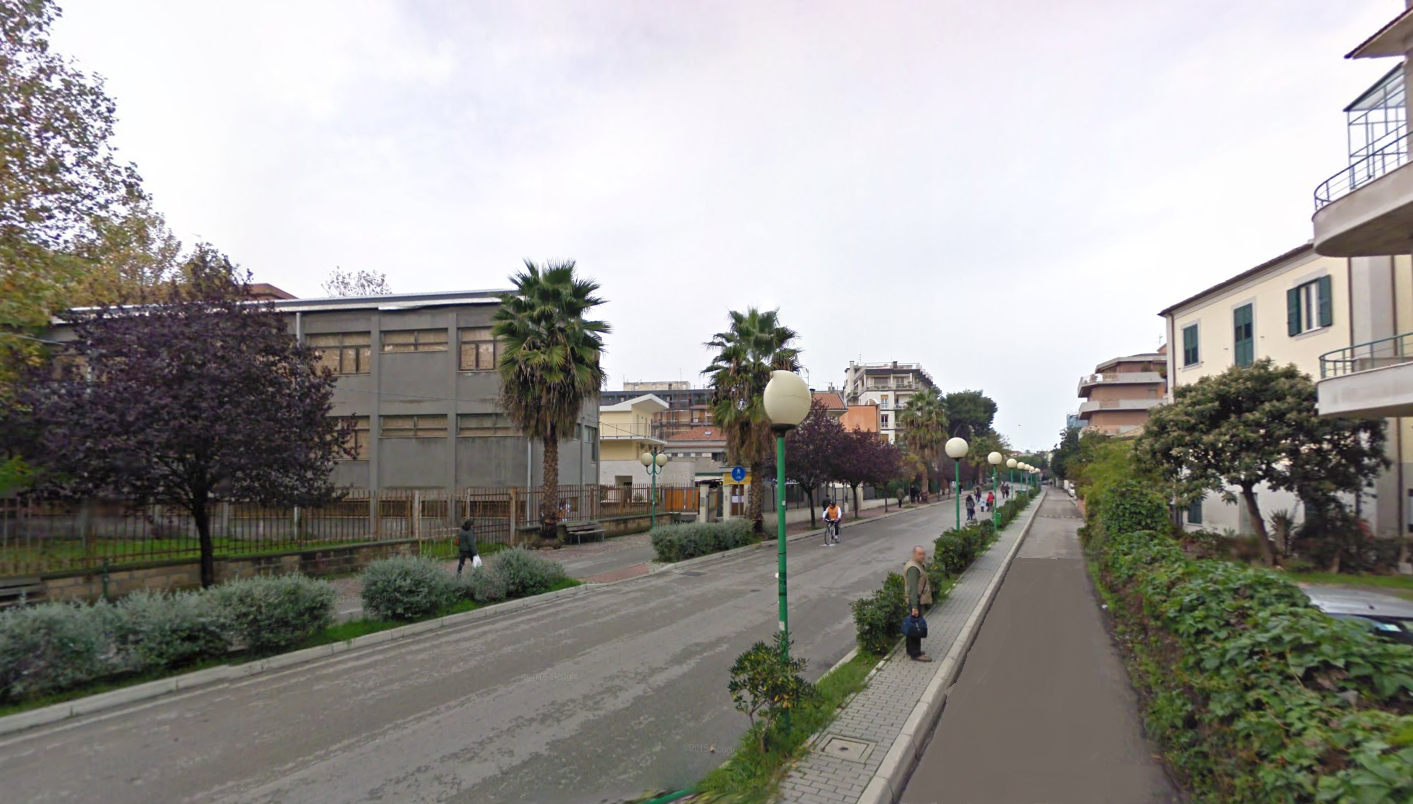 Pescara – Montesilvano TrolleybusSettore: Urban Transport
Pescara – Montesilvano TrolleybusSettore: Urban Transport -
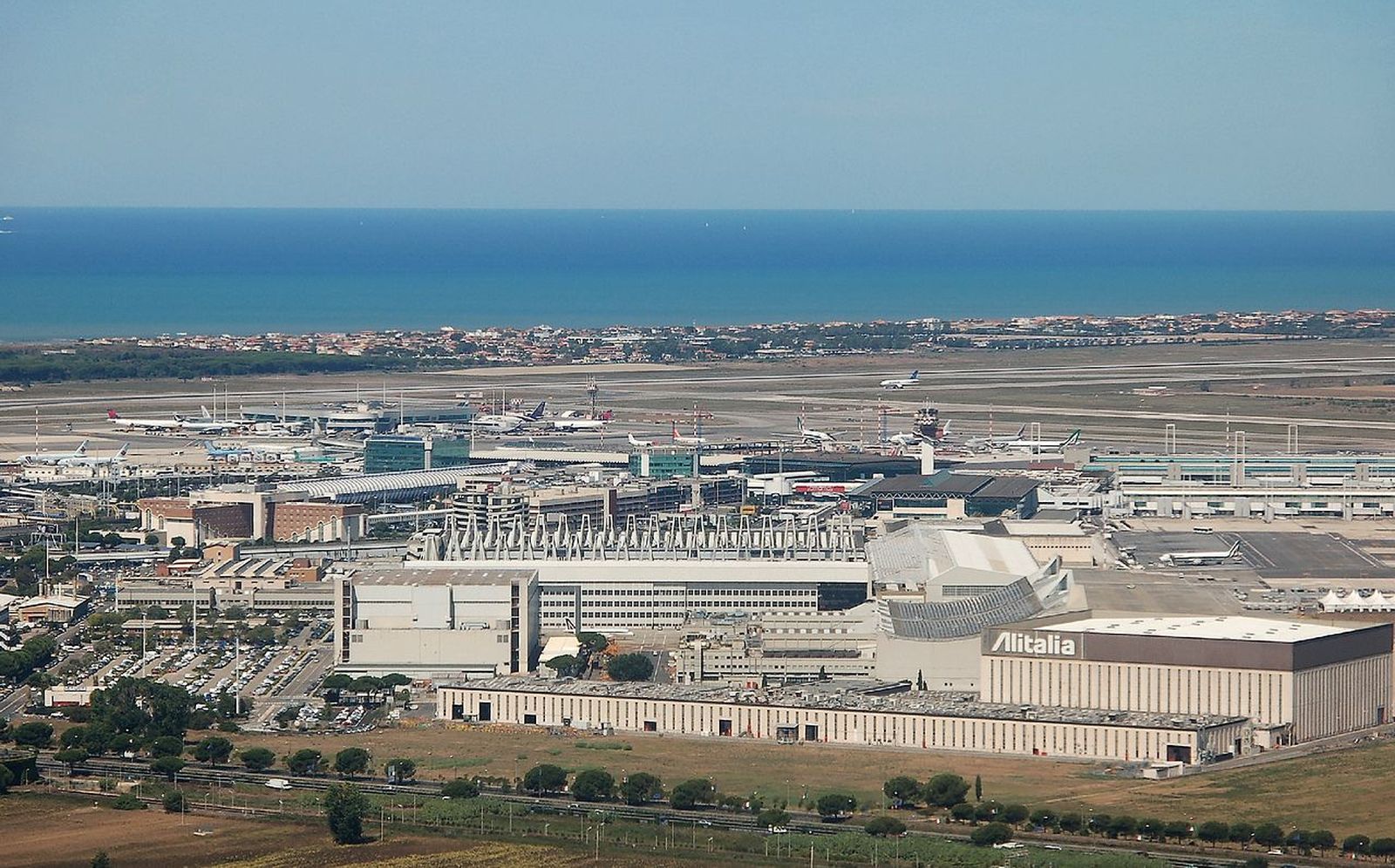 Rome Fiumicino Airport – Development PlanSettore: Airports
Rome Fiumicino Airport – Development PlanSettore: Airports -
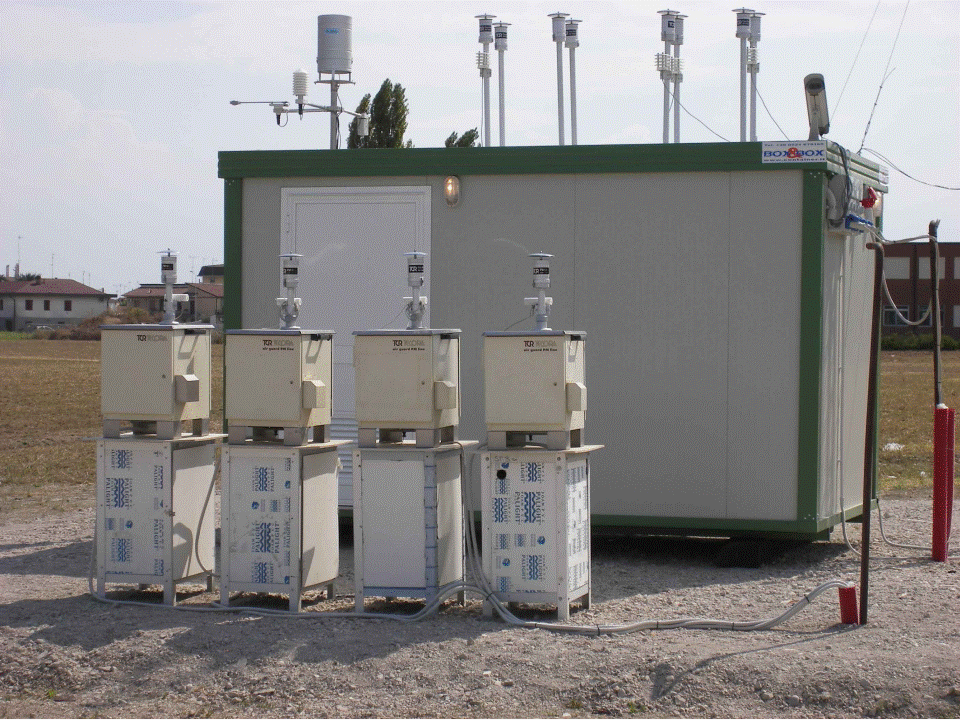 Natural Gas Compressor Station of Poggio RenaticoSettore: Energy Infrastructures
Natural Gas Compressor Station of Poggio RenaticoSettore: Energy Infrastructures -
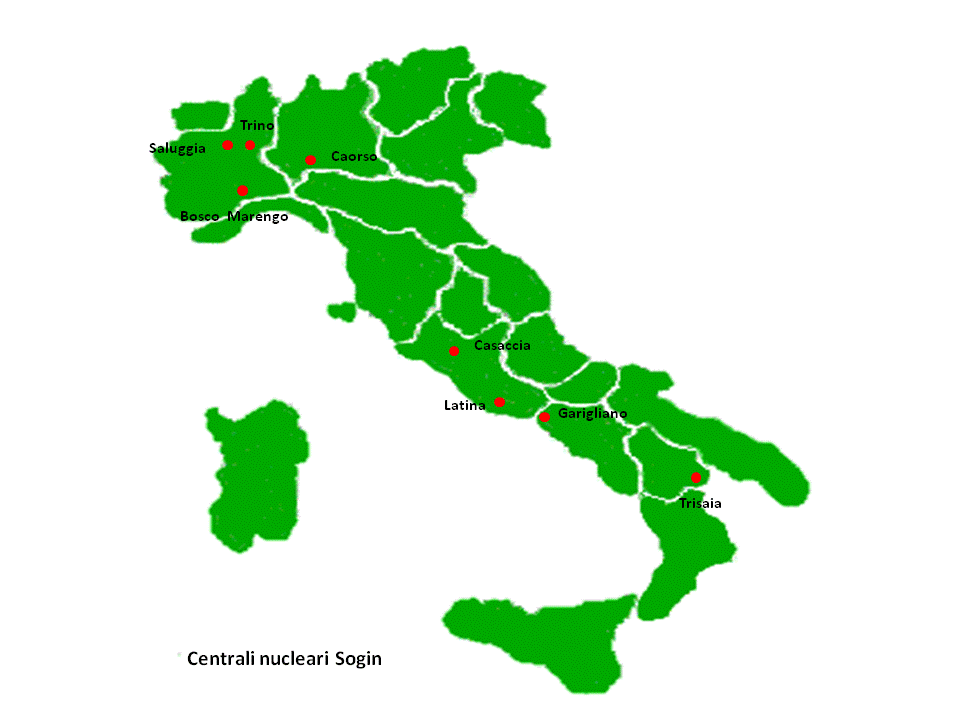 Environmental services contract – Sogin nuclear plantsSettore: Decommissioning
Environmental services contract – Sogin nuclear plantsSettore: Decommissioning -
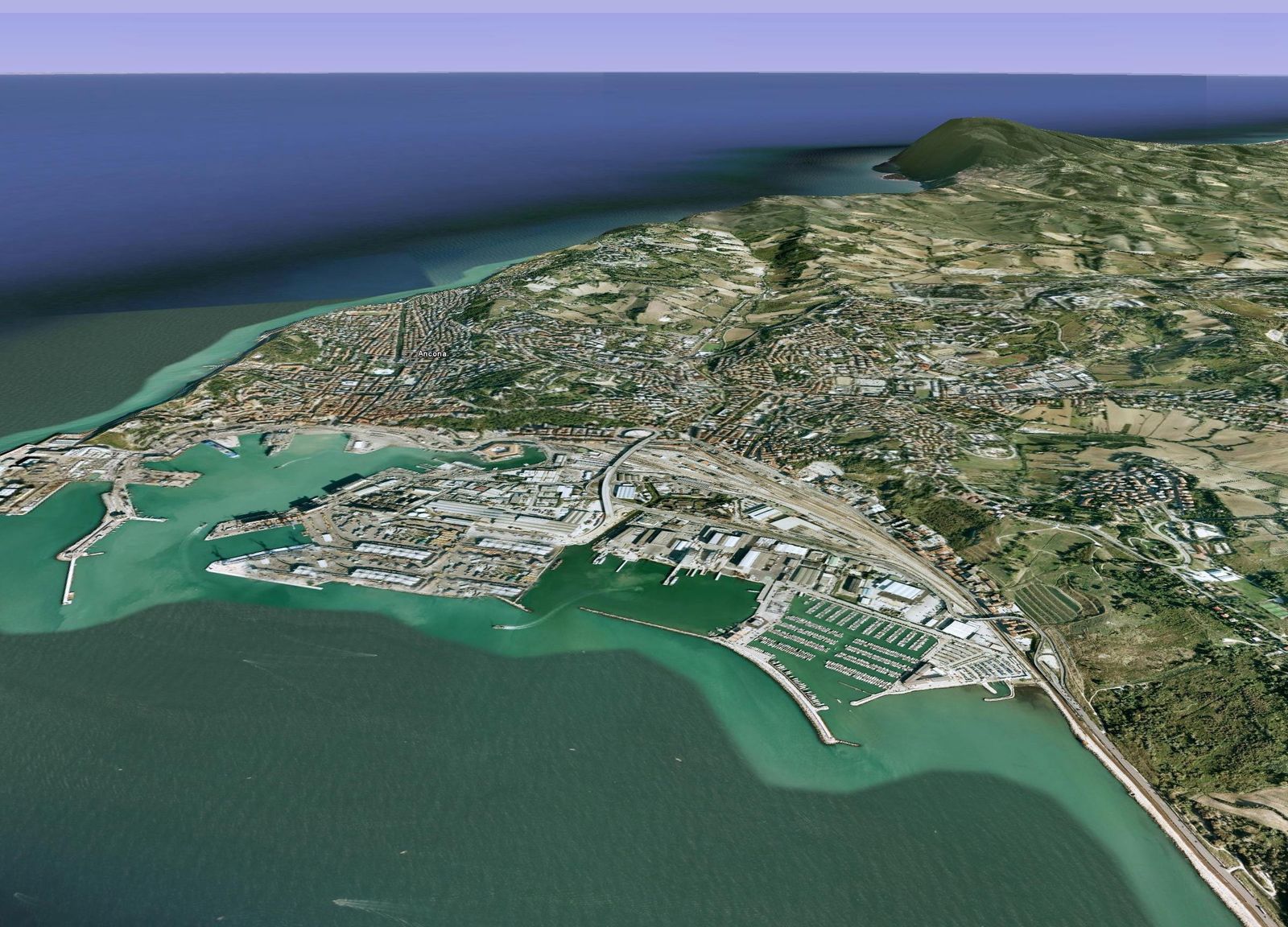 Port of AnconaSettore: Ports and hydraulic projects
Port of AnconaSettore: Ports and hydraulic projects